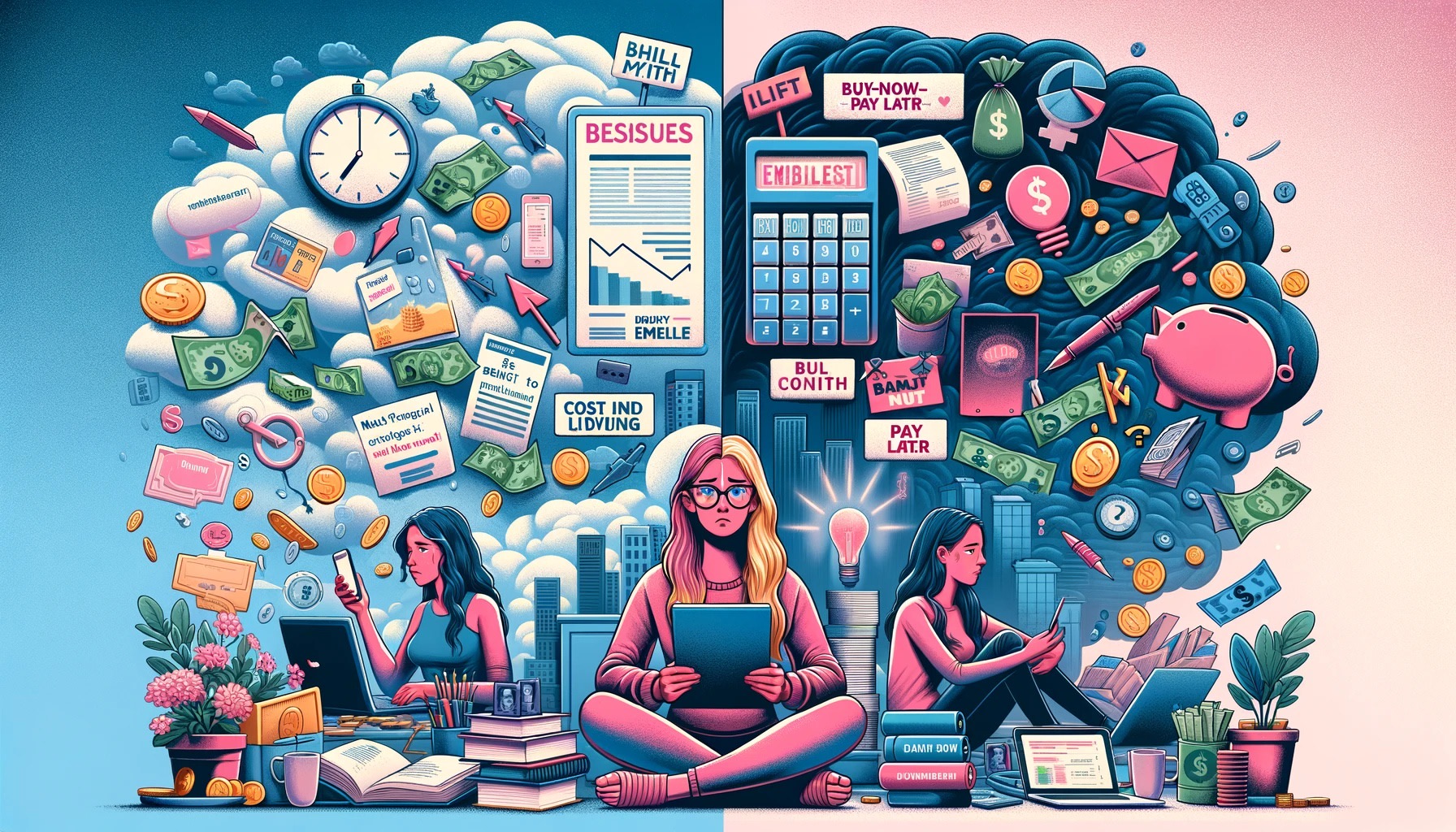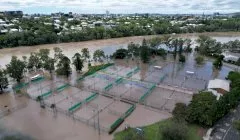Invest
Ouch: that $28.6bn bill could be hard to shift
February is set to be a tough month for those attempting to pay off credit card debt as average $4,000 holiday bills and back-to-school expenses join forces.
Ouch: that $28.6bn bill could be hard to shift
February is set to be a tough month for those attempting to pay off credit card debt as average $4,000 holiday bills and back-to-school expenses join forces.

That’s according to RateCity analysis of Reserve Bank of Australia data which found that the average Aussie credit card holder spent $3,679 in December. Together, that makes a “whopping” $28.6 billion spent by Aussie credit card holders.
That average spend is based on Roy Morgan figures which state there are 7.765 million credit card holders in Australia.
To RateCity money editor Sally Tindall, this holiday splurge means escaping debt in February can be especially hard.
She explained: “Families are not only dealing with debt from the holidays, they’re now racking up more expenses on their cards to pay for essential back-to-school items.

“Most people have between 45 and 55 interest free days, but once they dry up, people get hit with interest rates as high as 24.99 per cent.”
In fact, RateCity’s analysis argued that if those with a $3,679 debt only made minimum repayments, it would take them 24 years and nine months to eliminate the debt. It would also cost an extra $6,849 in interest.
Noting this, Ms Tindall advised: “If you are carrying a large amount of debt, transferring the balance to a card that offers an interest-free period can give you some breathing space.”
According to CommBank data, this back-to-school season is set to be even more financially painful, with laptops and tablets pushing costs up by 43 per cent.
As such, Aussie families are predicted to spend $1.7 billion on supplies, or about $829 per family.
As it stands, Australians owe about $52.2 billion on credit cards and $31.6 billion of that is accruing interest. This means that for the average $6,595 debt, $4,073 is gathering interest.
To the Australian Bankers’ Association, that $52.2 billion figure is good news. The Association argues that the figure represents a $260 million reduction in debt and is “evidence of prudent use of credit cards”.
However, quoting the same figure, the Consumer Action Law Centre said balances have increased by nearly 20 per cent in the last 10 years. They warned that the design of credit cards “encourage long-term indebtedness”, and said increasing balances owed can lead consumers into “harmful debt spirals”.
“It is our experience that many consumers struggle for years at a time to make repayments to their credit accounts without ever reaching the point of default.”

Spending
Moneysmart study reveals Gen Z women more concerned about finances than men
A new research conducted by ASIC’s Moneysmart has unveiled the heightened levels of stress and concern regarding finances and the cost of living among Australian Gen Z women compared to their male ...Read more

Spending
The cost of politeness: Aussies out of pocket by $1,350 due to 'awkward tax'
It's the time of year when Australians dive into their pockets for festive events and gatherings, yet a recent study by PayPal suggests that many are too polite, or perhaps too embarrassed, to ask for ...Read more

Spending
Aussies can ‘NAB Now Pay Later’ with the last major bank to embrace BNPL
NAB has become the latest bank to enter the BNPL market. Read more

Spending
Aussie households spent $368 a week on transport after petrol price surge
Fuel costs have increased by 40 per cent over the past year, a new report from the Australian Automobile Association has revealed. Read more

Spending
Voters say reducing the cost of living should be the government’s top priority
Aussies have ranked high cost of living as the top issue that needs to be addressed by the next government. Read more

Spending
Bodies back Labor’s commitment to stronger BNPL regulation
All parties should commit to stronger regulations for the BNPL sector, according to Financial Counselling Australia. Read more

Spending
Household spending surges led by retail and recreation
Spending on retail, recreation and hospitality have continued to climb as COVID-19 case numbers and restrictions have eased. Read more

Spending
Banks extend financial assistance to flood-affected customers
A range of assistance is available from major banks to those impacted by flooding in NSW and Queensland. Read more

Spending
Moneysmart study reveals Gen Z women more concerned about finances than men
A new research conducted by ASIC’s Moneysmart has unveiled the heightened levels of stress and concern regarding finances and the cost of living among Australian Gen Z women compared to their male ...Read more

Spending
The cost of politeness: Aussies out of pocket by $1,350 due to 'awkward tax'
It's the time of year when Australians dive into their pockets for festive events and gatherings, yet a recent study by PayPal suggests that many are too polite, or perhaps too embarrassed, to ask for ...Read more

Spending
Aussies can ‘NAB Now Pay Later’ with the last major bank to embrace BNPL
NAB has become the latest bank to enter the BNPL market. Read more

Spending
Aussie households spent $368 a week on transport after petrol price surge
Fuel costs have increased by 40 per cent over the past year, a new report from the Australian Automobile Association has revealed. Read more

Spending
Voters say reducing the cost of living should be the government’s top priority
Aussies have ranked high cost of living as the top issue that needs to be addressed by the next government. Read more

Spending
Bodies back Labor’s commitment to stronger BNPL regulation
All parties should commit to stronger regulations for the BNPL sector, according to Financial Counselling Australia. Read more

Spending
Household spending surges led by retail and recreation
Spending on retail, recreation and hospitality have continued to climb as COVID-19 case numbers and restrictions have eased. Read more

Spending
Banks extend financial assistance to flood-affected customers
A range of assistance is available from major banks to those impacted by flooding in NSW and Queensland. Read more









